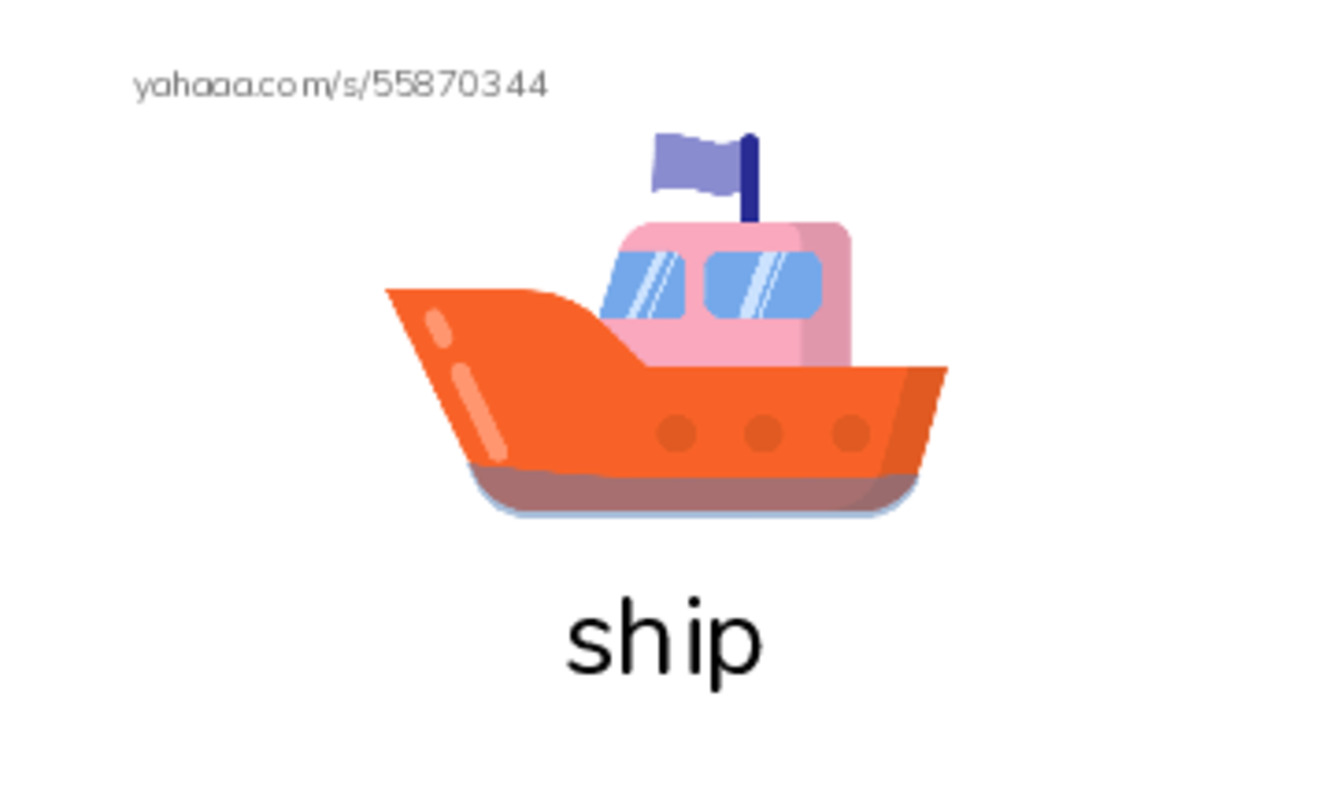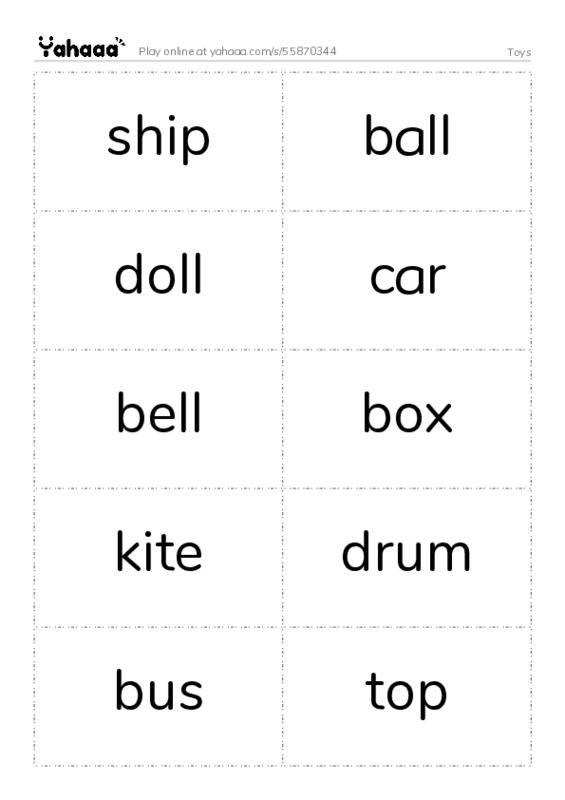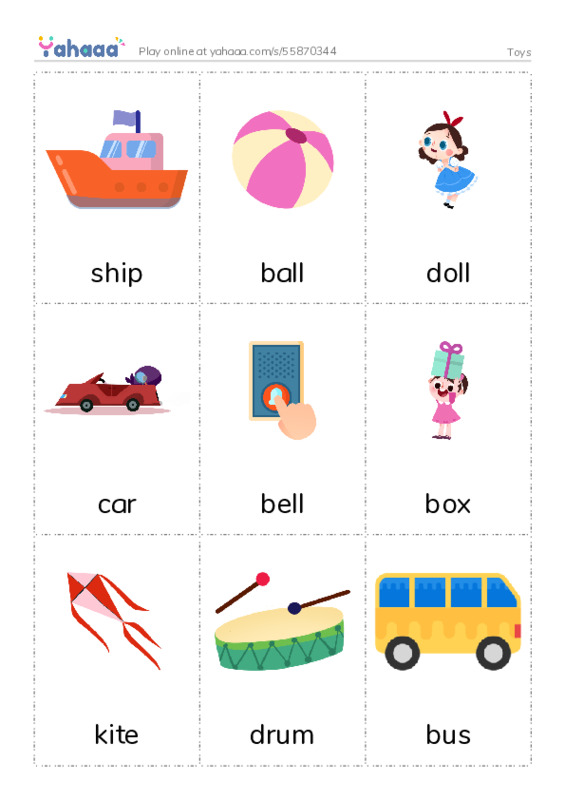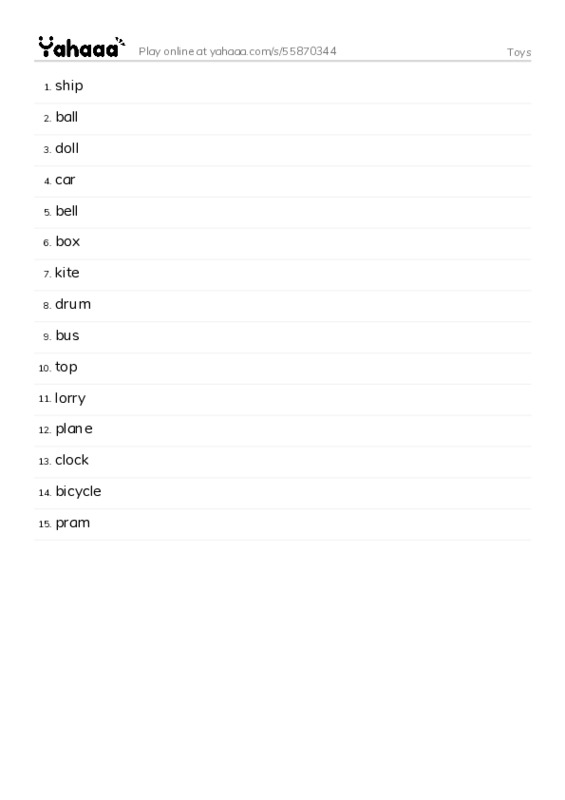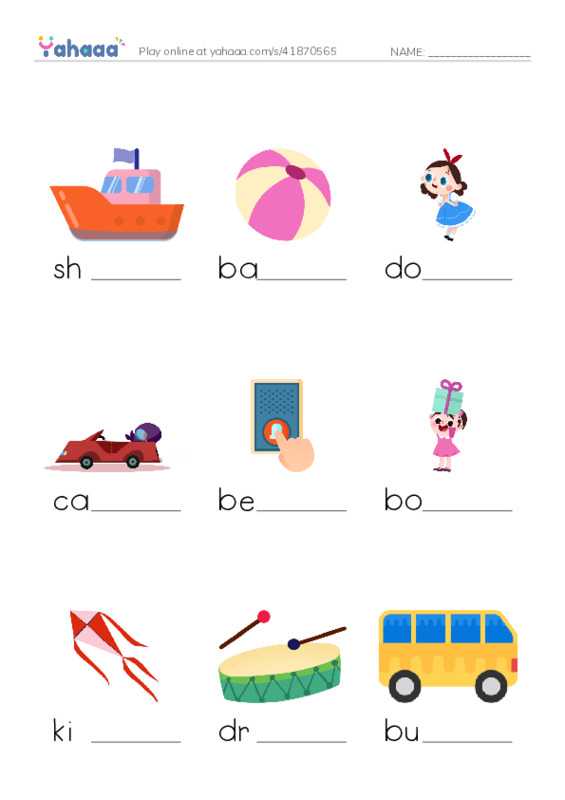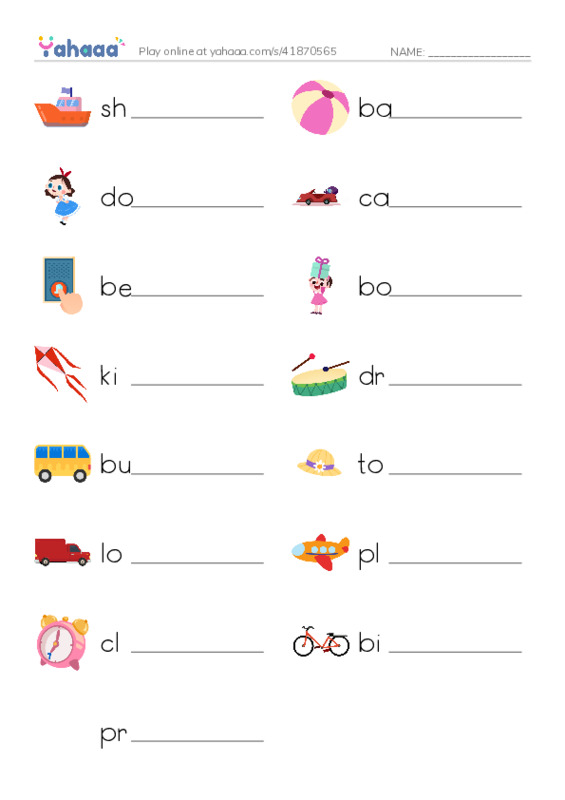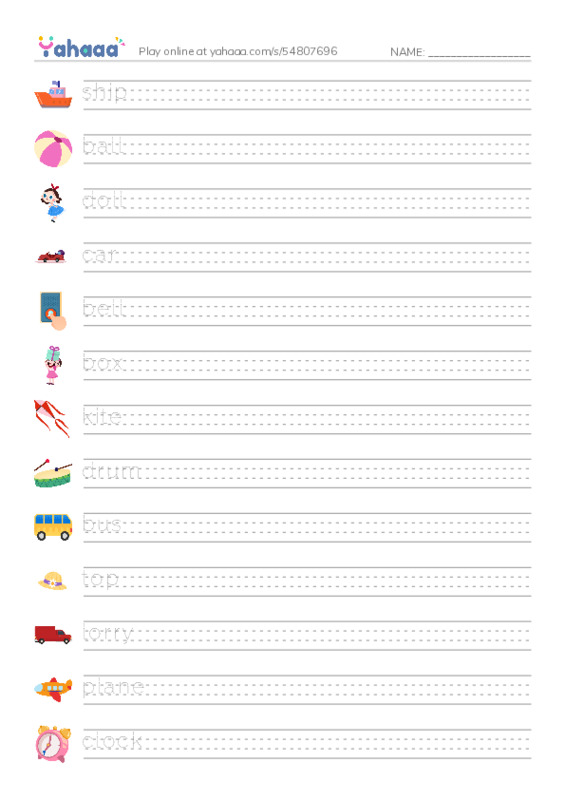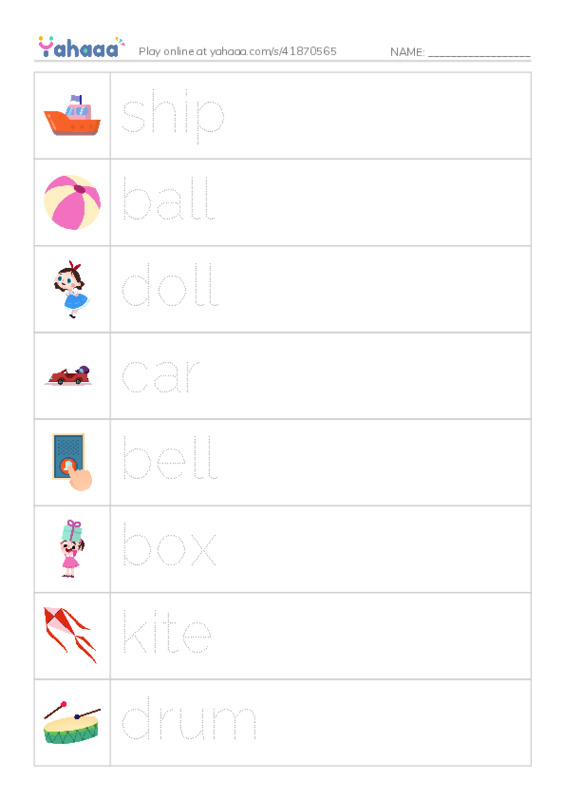Why are these the best free and fun Index cards for kids to learn English?
A fun and free online index cards printable PDF worksheet about different toys for kids to learn English could include a variety of different activities and exercises. For example, the worksheet might include index cards with pictures of different toys on one side and the corresponding English words on the other side. These index cards could be used to help children learn the names of different toys and improve their vocabulary.
In addition to index cards, the worksheet might also include other types of activities and exercises. For example, it might include matching games, where children have to match the pictures of the toys to the corresponding English words. It might also include fill-in-the-blank exercises, where children have to fill in the missing words in sentences about the toys.
The worksheet would be designed to be both fun and educational, and to help children learn English while also learning about different types of toys. The online format of the worksheet would make it accessible and convenient for children to use, and would allow them to easily print out the worksheets and complete them at their own pace. This could make the learning process more engaging and interactive, and could help children learn more effectively. The index card format of the worksheet would make it easy for children to manipulate and arrange the cards, and could help them better understand the relationship between the words and the toys. This could make the learning process more engaging and effective.
What types of ways are these cards use?
One possible use case for this online index cards printable PDF worksheet about different toys for kids to learn English could be in a homeschool setting, where a parent or guardian is teaching a child about toys and English vocabulary. The parent could print out the worksheet and cut out the index cards, and then could use the cards and the accompanying activities and exercises to help the child learn about the different toys and their corresponding English words.
For example, the parent could begin by introducing the index cards to the child and explaining how to use them. The parent could then use the matching games and fill-in-the-blank exercises on the worksheet to help the child practice and reinforce what they have learned. The parent could also use the index cards to play games with the child, such as memory games or matching games, which could help the child learn and practice their vocabulary in a fun and interactive way.
As the child progresses, the parent could adjust the difficulty of the activities and exercises on the worksheet to suit the child's individual abilities and needs. For example, the parent could introduce more challenging vocabulary or more complex sentences, or could provide additional support and guidance as needed. This could help the child learn and grow at their own pace, and could help them develop the skills and confidence they need to succeed in their English studies.
Why is being a kindergarten teacher challenging?
Being a kindergarten teacher is a rewarding but challenging job. Kindergarten teachers are responsible for teaching children who are typically between the ages of 5 and 6, and helping them develop the skills and knowledge they need to succeed in school and in life.
Kindergarten teachers typically work in elementary schools, and are responsible for planning and delivering lessons, assessing students' progress, and working with parents and other teachers to support students' learning and development. They may teach a wide range of subjects, including reading, writing, math, science, and social studies, and may use a variety of teaching methods, such as direct instruction, hands-on activities, and technology-based learning.
Kindergarten teachers need to be patient, compassionate, and adaptable, and must be able to create a supportive and inclusive learning environment for their students. They must also be organized and able to manage their time effectively, and must be able to work well with others, including parents, colleagues, and school administrators.
